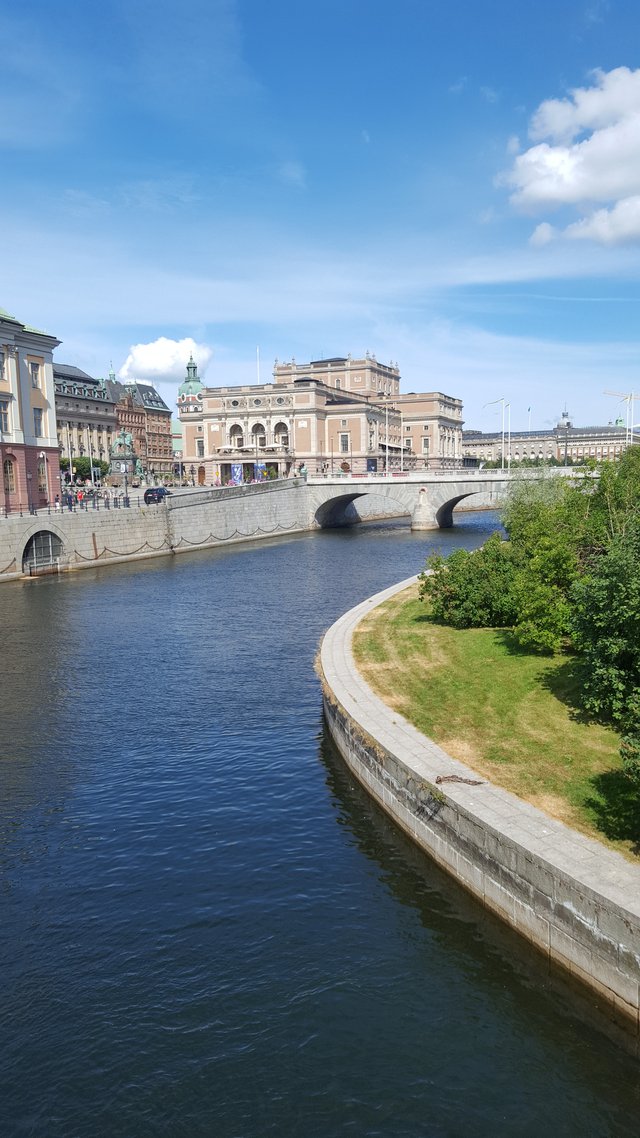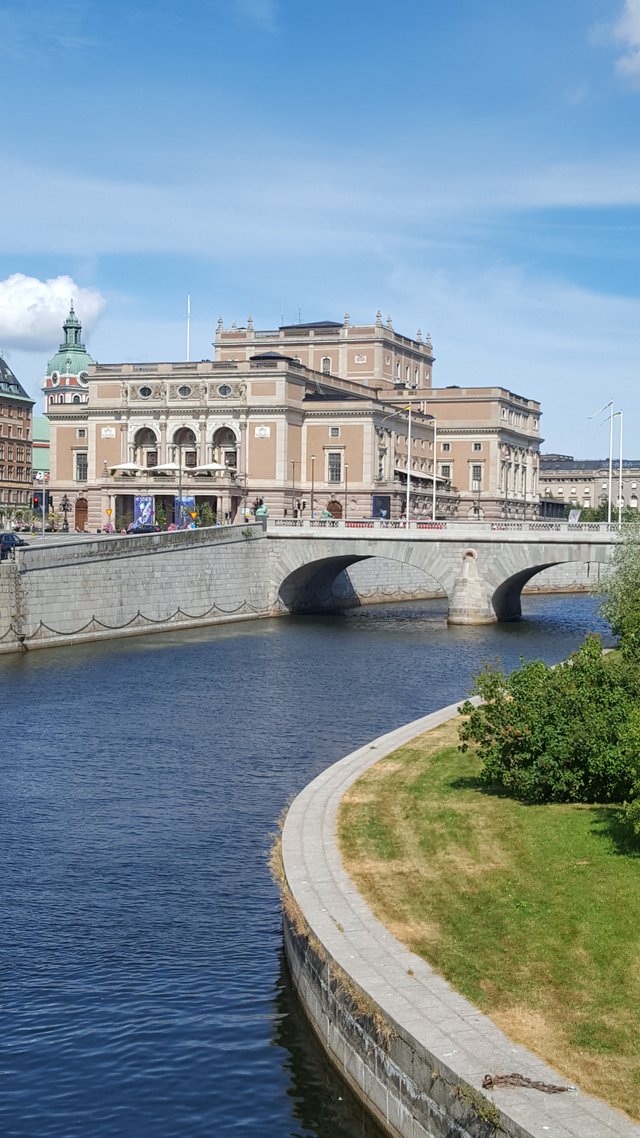Read this post on TravelFeed.io for the best experience
Hey guys,
today there is a last post from me about Stockholm. I'll try to keep this post a little bit shorter, because today I'll tell you something about the Royal Opera in Stockholm. Unfortunately, I've seen hardly any photos on my smartphone, so please forgive me for posting a lot of text today ;) I hope you like the post anyway very much, I really wanted to write about the Opera anyway :)
And with Stockholm ended already my "Scandinavian" trip (I count now simply times Tallinn and St. Petersburg simply to it;)). It went first to Tallinn, then to St. Petersburg, Helsinki and finally to Stockholm. Feel free to check out my previous posts!

The Royal Opera
And now to the Royal Opera in Stockholm:
At the bottom you will find the link to the pinmapple map. The "Kungliga Opera" is located directly at Gustav Adolfs Torg in the Norrmalm district, i.e. right in the center. On the pinmapple map it is called Kungliga Operan. However, it has only been called an opera since 1997. Before that it was called Royal Theater. And this for a simple reason: there are more operas in the building than ballet performances. The opera also houses the Royal Ballet and the Royal Court Orchestra.
In addition, there is a restaurant under the opera in the basement, the Operakällaren, that is, the opera cellar, and the Café Opera Stockholm.
An assassination attempt on the king during the masked ball
And who had the idea to build the Royal Opera?
King Gustav III had the idea for the building, which was finally completed in September 1782. What I found very interesting, but still has something of tragedy: It was in this very building that the king was assassinated at a masked ball barely ten years later.
The king died of a gunshot wound. The assassination was actually performed in an opera exactly 70 years later. The play, called "Un Ballo in Maskera" (Masked Ball), thus takes its name from the fact that the king was assassinated at the masked ball. It was one of the most spectacular assassinations in the history of Sweden and is very famous.
The Opera House Today, the "second Opera Houses"
However, the opera house was demolished in 1891. It had become too small for the performances and was already quite run-down. Instead, a "second" one was built: Oskar II then implemented the idea of a second opera house. This was built exactly 100 years later. And it is exactly in the shape as it can be admired today.
It takes more than five years to complete the second opera house. It was opened with a great opera performance and opened by the king: " Cora och Alonzo " was the name of the play, by the famous Johann Gottlieb Naumann.
The interior of the opera - a lot of gold and ornaments (no pictures of it, i am sorry!)
If you like to go to the opera or classical ballet, this is the place for you. Unfortunately, I have no more photos of the interior of the opera found, but this is also very held in the "classical style" and quite imposing. The hall inside has more than one thousand seats.
At the very front, in the first tier, is the "royal box". It is intended for the Swedish king and his family.
Especially at the ceiling you can't get enough of it: Here are huge chandeliers, and not too few. The chandeliers are at least as imposing as the rest of the interior decoration and weigh about 2 tons!!!
The "gold foyer" is also particularly eye-catching. There are many mirrors here and, as the name suggests, it is decorated with plenty of gold.

Even though I didn't add quite as many pictures to this post, I hope you still enjoyed it! Feel free to write me your opinion in the comments, maybe you were already there? Until next time :)
Congratulations @katrin-lux! You received the biggest smile and some love from TravelFeed! Keep up the amazing blog. 😍
Thanks for using TravelFeed!
@smeralda (TravelFeed team)
PS: You can now search for your travels on-the-go with our Android App. Download it on Google Play
Downvoting a post can decrease pending rewards and make it less visible. Common reasons:
Submit